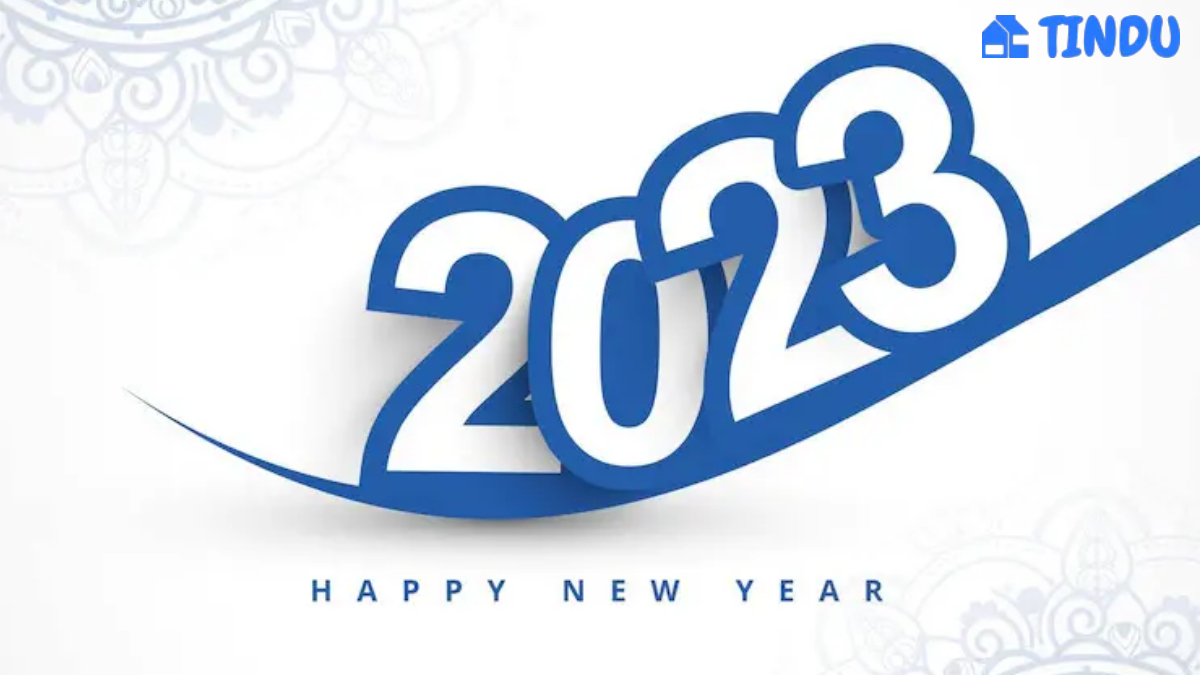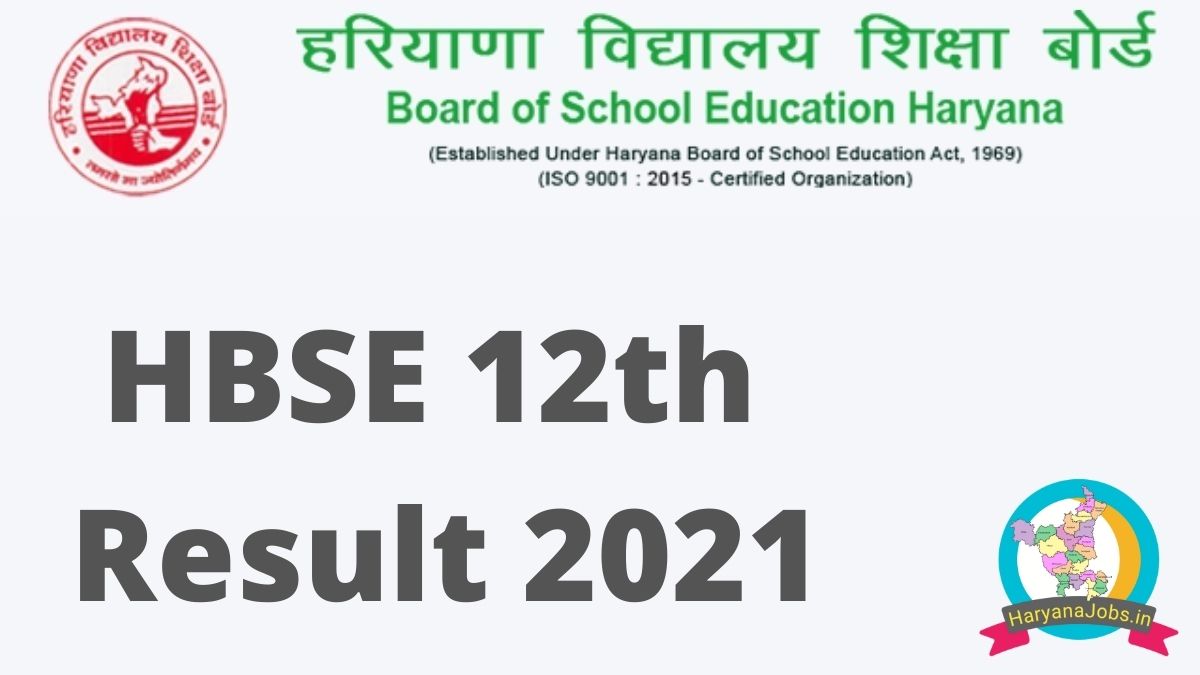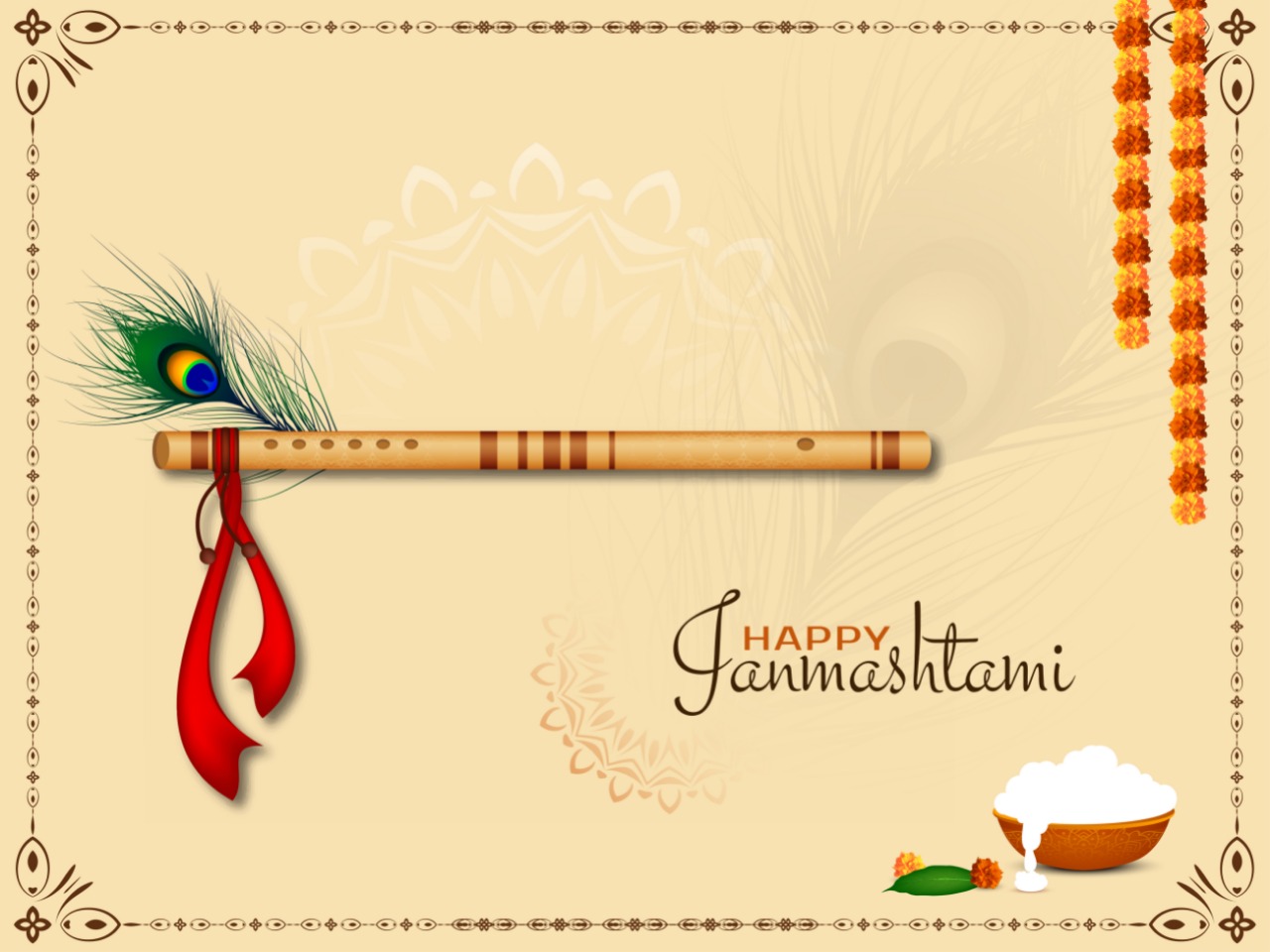Ahoi Ashtami: The day is called Ahoi Ashtami because it falls on the eighth day of the Moon’s declining period, or “Ashtami.”
The festival season is far from done. After the excitement of Navratri and Karwa Chauth, another major day of fasting approaches. The celebration of Ahoi Ashtami is highly important. Mothers commemorate the day. North India is where the celebration is most popular.
Mothers have traditionally fasted throughout the day to protect the health and prosperity of their sons. The ceremonies have evolved through time, and mothers now commemorate the day for both sons and girls.
Date :
Ahoi Ashtami is celebrated between September and October in the Hindu month of Karthik. Four days after Karwa Chauth and seven to eight days before Diwali, this day arrives. It falls on October 28 this year. Because it occurs on “Ashtami,” or the eighth day of the Moon’s declining cycle, the day is known as Ahoi Ashtami.
ALSO READ: Why do we clean the house before Diwali ?
Timings of the Muhurat
The Ashtami Tithi begins on October 28, 2021, at 12:49 p.m.
The Ashtami Tithi comes to an end on October 29, 2021, at 2:09 p.m.
Ahoi Ashtami Puja Muhurat – October 28, 2021, 5:02 p.m. to 6:17 p.m.
Sanjh (evening) time for Star Sighting – 5:25 p.m., October 28, 2021
Moonrise on Ahoi Ashtami – October 28, 2021, at 10:57 p.m.

Ahoi Ashtami: Rituals
The fundamental focus of this festival is vrat, or fasting. Mothers get up before the sun rises and worship at a temple. Then they begin their fast. The speed continues till the first stars in the sky appear. Before breaking their fast, some ladies choose to wait for the moonrise.
Ahoi Ma or Ahoi Bhagawati prints or paintings. Before the portrait of Ahoi Ma, grains, candy, and money are presented. These contributions are eventually dispersed among the household’s children. On this day, several families have a custom of recounting Ahoi Ma’s narrative.

















